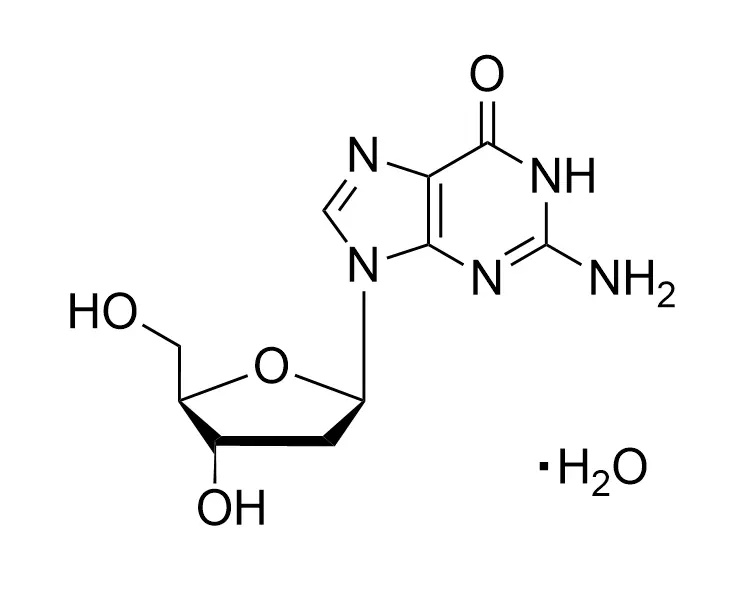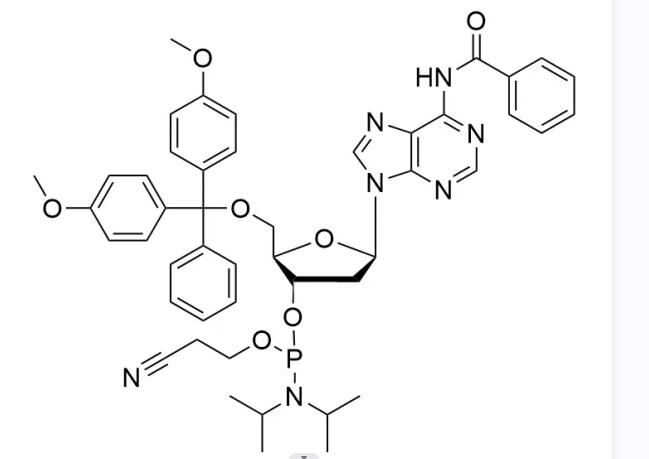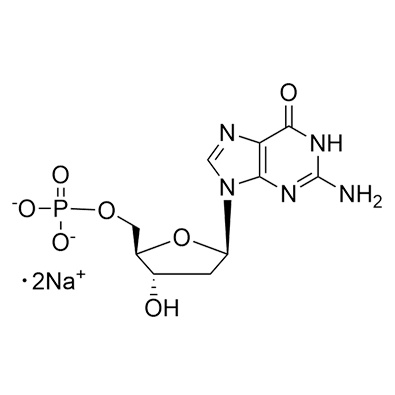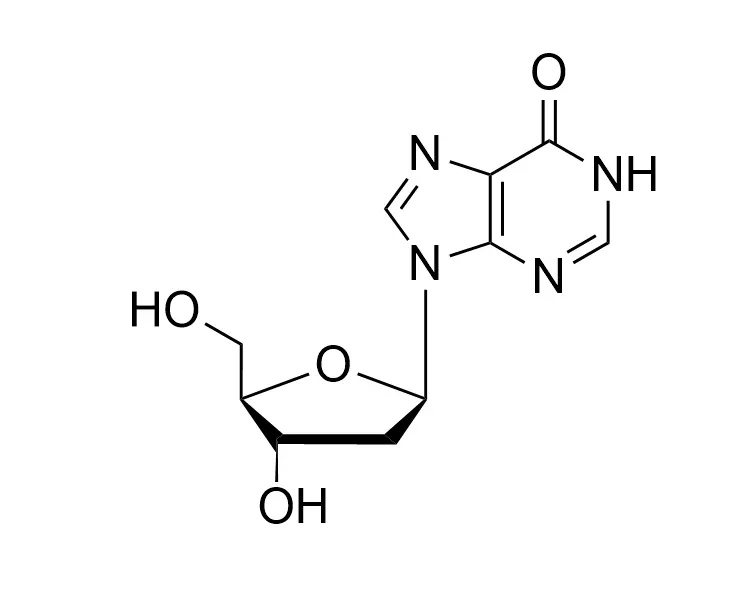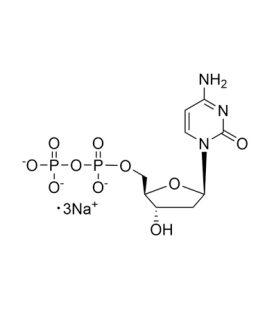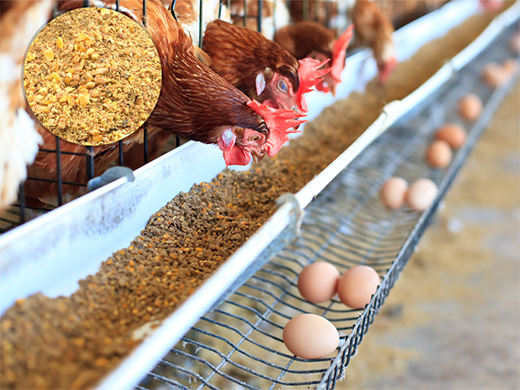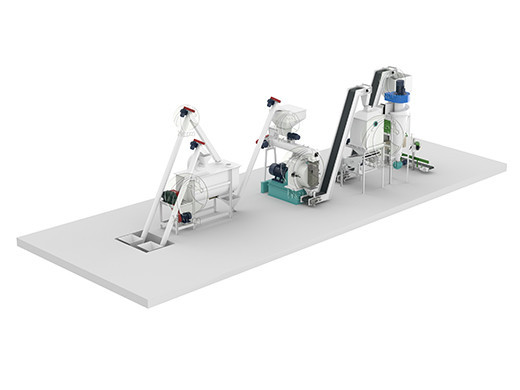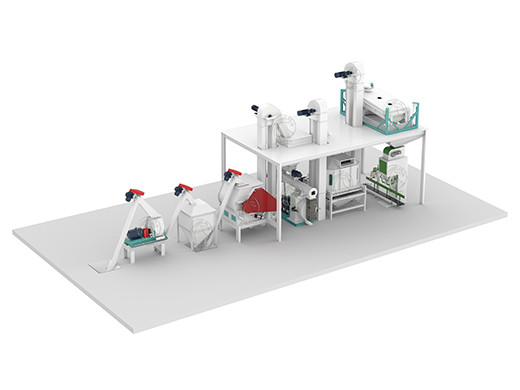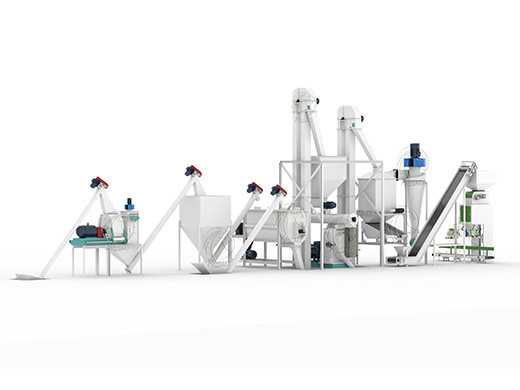Huaren Has Great Expertise in Amidites & Nucleotides & Nucleosides


Amidites are compounds used in the synthesis of oligonucleotides, which are short chains of nucleotides that make up DNA and RNA molecules. The chemical structure of amidites allows them to easily bind to other molecules and form the backbone of an oligonucleotide chain.
Nucleotides are the building blocks of DNA and RNA and consist of a nitrogenous base (adenine, guanine, cytosine, thymine or uracil), a pentose sugar, and a phosphate group. They are essential in the formation of DNA and RNA molecules, which are responsible for storing and transmitting genetic information.
Nucleosides are similar to nucleotides, but they do not contain a phosphate group. They consist of a nitrogenous base and a pentose sugar, and they often serve as precursors to nucleotides. Additionally, nucleosides have therapeutic applications in the treatment of viral infections and certain types of cancer.
Types of Medical Intermediates We Provide
HUAREN AMIDITES
2'-Fluoro Phosphoramidites
2'-OMe Phosphoramidites
2'-O-MOE Phosphoramidites
DNA Phosphoramidites
RNA Phosphoramidites
HUAREN AMIDITES
Huaren's customized service models offer a wide range of phosphoramidites for diagnostic and therapeutic purposes, as well as other monomers like succinate and PMO monomers that are commonly used.
More
HUAREN NUCLEOTIDES
NMP
NDP
NTP
dNMP
dNDP
HUAREN NUCLEOTIDES
Huaren provides high quality dNTP, NTP, modified nucleotides, and fluorescent dye labeled nucleotides for PCR purpose at all stages from R&D to commercial.
More
HUAREN NUCLEOSIDES
Basic Nucleosides
2'-Fluoro Modified Deoxynucleosides
2'-OMe Modified Nucleosides
2'-O-MOE Modified Nucleosides
Base Protected Nucleosides
HUAREN NUCLEOSIDES
Huaren provides high quality natural nucleoside, modified nucleoside and protected nucleoside, covering the whole value chain of nucleoside products.
More
How to Order intermediate pharmaceutical products From Huaren
Inquiry
1
Inquiry
Customer provides complete inquiry sheet according to product requirement.
Quotation
2
Quotation
Official quotation will be sent within 2 working days after receiving the inquiry information required.
PO
3
PO
The buyer and the seller sign a purchase agreement which specifies the required specification and lead time.
Production
4
Production
The factory starts production after receiving the advance payment from the customer, according to the customer's specific demands.
Release test
5
Release test
Testing of the product, preparation of the Certificate of Analysis and approval for release of the product.
Deliver goods
6
Deliver goods
Deliver all qualified products in full quantity as agreed in the contract.
What is The Difference Between nucleosides nucleotides and nucleic acids ?
Nucleotide and nucleoside are building blocks of nucleic acids. Nucleotide contains a nitrogenous base, sugar and a phosphate group and nucleoside contains only a nitrogenous base and a phosphate group. The sugar molecule can be either deoxyribose or ribose. Phosphorylation of a nucleoside at the 5' carbon of the sugar converts a nucleoside into a nucleotide. Deoxyribonucleic acid (DNA) and ribonucleic acid (RNA) are nucleotide polymers. The main difference between nucleotide and nucleoside is that nucleotide is the precursor of both DNA and RNA whereas nucleoside is the precursor of nucleotide.
When nucleosides are phosphorylated by specific kinases (a type of enzyme in the cell on the sugar's primary alcohol group (-CH2-OH), nucleotides are produced. Nucleotidases are hydrolytic enzymes which break down nucleotides (such as the thymine nucleotide) into nucleosides (such as thymidine) and phosphate.
FAQs of Pharmaceutical Intermediates
What are the most commonly used nucleic acid reagents?
The most commonly used nucleic acid reagents are:
1. Polymerases, such as Taq polymerase, for DNA amplification
2. Nucleotides, including deoxyribonucleotides (dNTPs) and ribonucleotides (rNTPs), for DNA and RNA synthesis
3. Reverse transcriptase, for converting RNA into complementary DNA (cDNA)
4. Ligases, for joining DNA fragments
5. Restriction enzymes, for cutting DNA at specific sites
6. Fluorescent dyes and probes, for detection of nucleic acids
7. Hybridization probes, such as TaqMan probes, for real-time PCR quantitation of nucleic acids.
8. Inhibitors, such as RNase inhibitors, for preventing degradation of nucleic acids
9. Buffers and salts, for optimizing reaction conditions
10. Agarose and acrylamide gels, for visualization and purification of nucleic acids.
How do nucleic acid reagents enable DNA amplification?
Nucleic acid reagents, specifically DNA polymerases, enable DNA amplification through a process called Polymerase Chain Reaction (PCR). PCR is a widely utilized method for magnifying DNA sequences in vitro. It involves repeated cycles of denaturation, annealing, and extension of the DNA, each facilitated by specific reagents. Here is a brief description of these cycles:
1. Denaturation: The DNA template is heated to a high temperature to separate the double-stranded DNA into single-stranded complementary strands.
2. Annealing: The temperature is lowered, enabling primers (short segments of complementary DNA) to bind to specific sites on the template DNA.
3. Extension: At an optimal temperature, a DNA polymerase enzyme uses the primers as a starting point to make a new complementary strand, synthesizing DNA in the 5’-3’ direction.
These cycles are repeated multiple times, doubling the amount of product each time, producing millions of copies of the target DNA sequence. The polymerase enzyme used in PCR, such as Taq polymerase, is heat-stable, allowing for the repeated heating and cooling cycles. PCR and other DNA amplification techniques have revolutionized the field of molecular biology by enabling the detection and analysis of DNA from small or fragmentary samples.
There are many pharmaceutical intermediates suppliers, but we are one of the best choices for you.
Other supplier products
|
|
2′-Deoxyguanosine Monohydrate |
CAS No.
2′-Deoxyguanosine Monohydrate
2 deoxyguanosine monohydrate, a fluorescent compound, is frequently used to detect DNA/RNA modificat... |
|
|
2'-dA(Bz) Phosphoramidite CAS NO. 98796-53-3 Wholesale |
5'-O-DMT-N6-Benzoyl-2'-deoxyadenosine 3'-CE phosphoramidite 2'-dA(Bz) Phosphoramidite (CAS NO. 98796 53 3) is a nucleoside-containing molecule deri... |
|
|
dGMP·Na2 CAS NO. 33430-61-4 Wholesale |
dGMP·Na2 CAS NO. 33430 61 4Wholesale
2'-Deoxyguanosine-5'-Monophosphate, Disodium Salt
Technical Data of dGMP·Na2
Produc... |
|
|
2'-Deoxyinosine |
CAS No. 890 38 0
2 Deoxyinosine
2'-deoxyinosine, a fluorescent compound, is frequently used to detect DNA/RNA variations. Huaren can focus on pro... |
|
|
dCDP·Na3 CAS NO. Wholesale |
dCDP·Na3 CAS NO. Wholesale
2'-Deoxycytidine-5'-Diphosphate, Trisodium Salt
Technical Data of dCDP·Na3
Product Name
... |
供应产品
Same products
|
|
家禽饲料厂 |
卖方: 河南赫姆机械有限公司 |
在许多国家,开办家禽饲料加工厂一直是一项有利可图的业务。 家禽饲料厂专业生产鸭饲料、鹅饲料、鸡饲料、鸟饲料、鹦鹉饲料等家禽饲料等 |
|
|
鸡饲料厂 |
卖方: 河南赫姆机械有限公司 |
我们的自动化鸡饲料生产线的工艺流程包括谷物锤片粉碎机、输送机、搅拌机、鸡饲料颗粒、冷却机、粉碎机、筛分机、自动包装机等。 |
|
|
1-2T/H饲料颗粒生产线 |
卖方: 河南赫姆机械有限公司 |
该1-2吨/小时饲料颗粒生产线适用于加工各种动物饲料颗粒,如家禽饲料、反刍动物饲料、家畜饲料、猪饲料、牛饲料、绵羊饲料、山羊饲料、鱼饲料、虾饲料、蟹饲料 一条完整的1-2吨/小时饲料颗粒生产线的... |
|
|
3-4T/H饲料厂 |
卖方: 河南赫姆机械有限公司 |
我们的3-4吨/小时饲料颗粒生产线适用于加工各种动物饲料,如鸡饲料、家禽饲料、鹅饲料、家畜饲料、羊饲料、猪饲料、牛饲料、骆驼饲料以及马饲料, 山羊饲料、鱼饲料、虾饲料、蟹饲料、水产饲料等 |
|
|
3-4T/H饲料颗粒生产线 |
卖方: 河南赫姆机械有限公司 |
我们的3-4吨/小时饲料颗粒生产线适用于加工各种动物饲料,如鸡饲料、家禽饲料、鹅饲料、家畜饲料、羊饲料、猪饲料、牛饲料、骆驼饲料、马饲料、山羊饲料 、鱼饲料、虾饲料、蟹饲料、水产饲料等。 |










